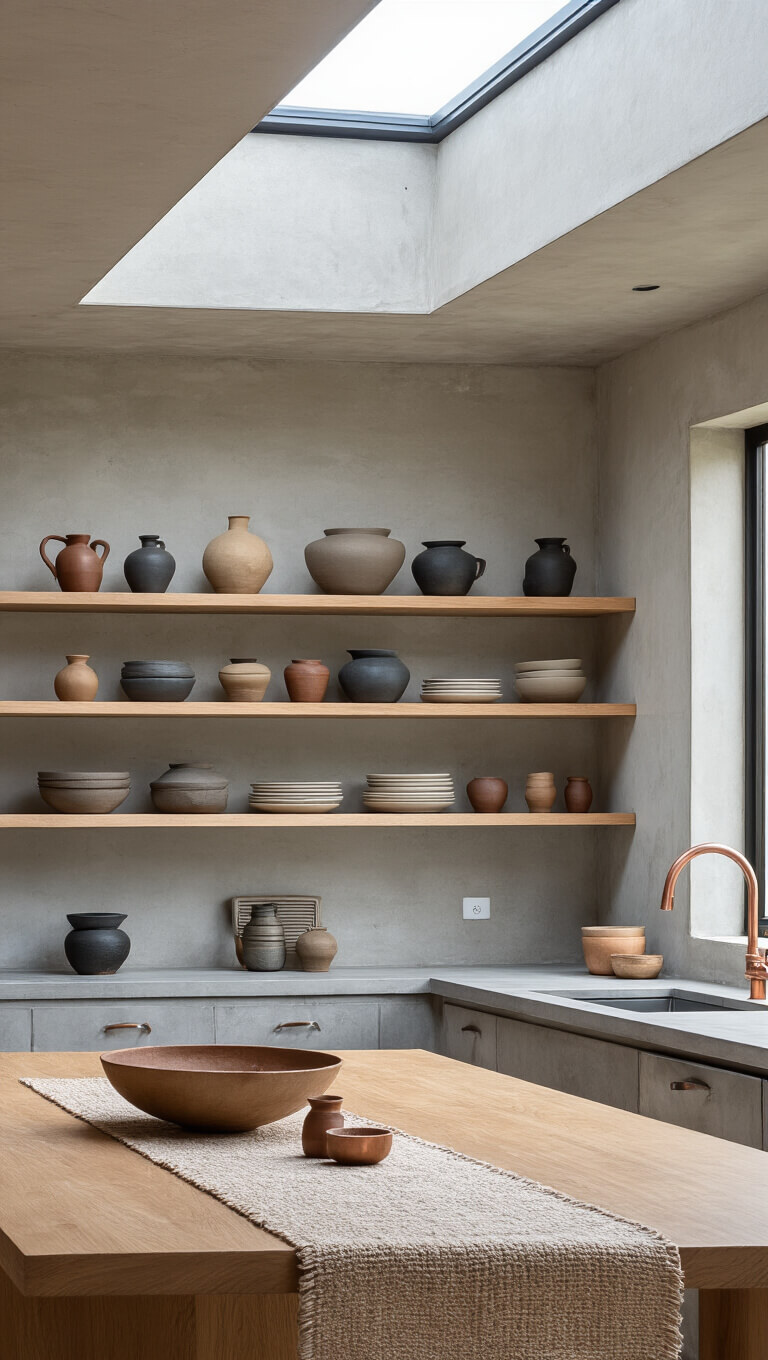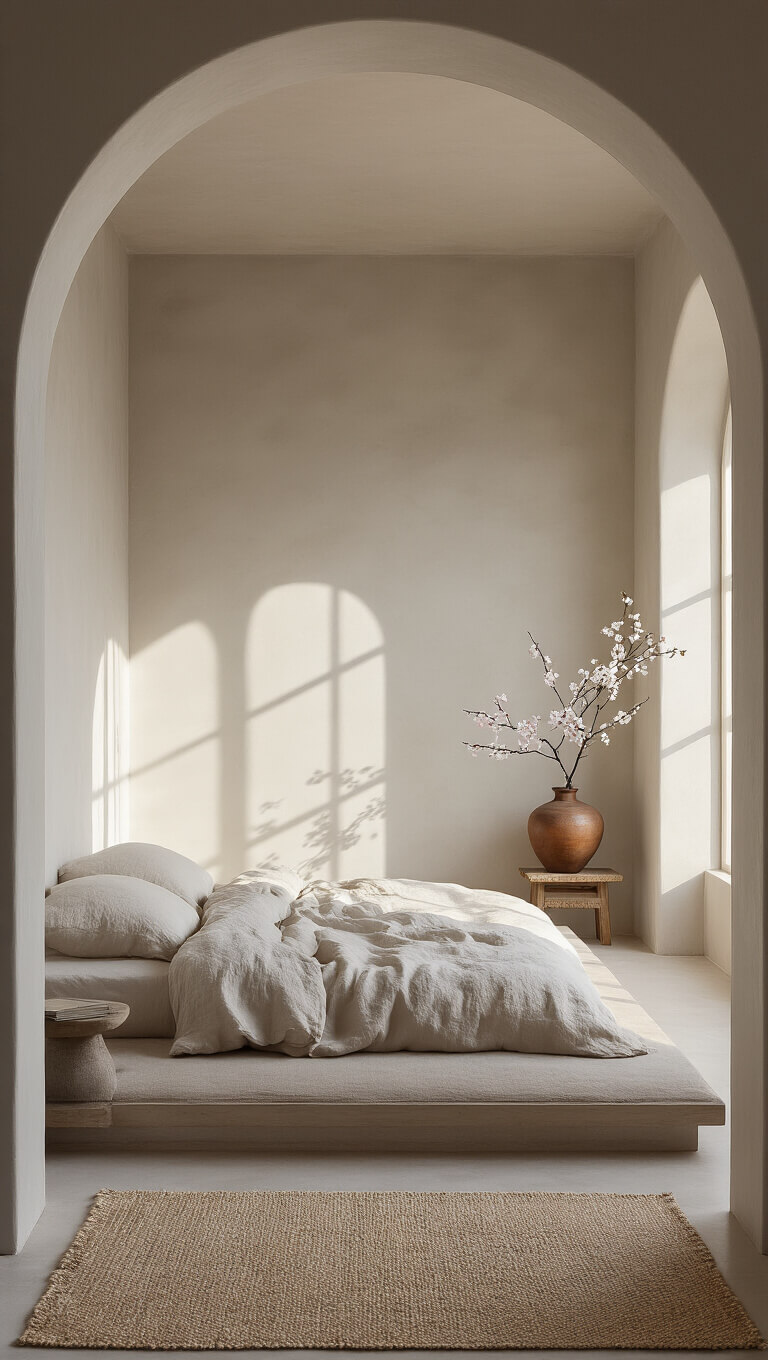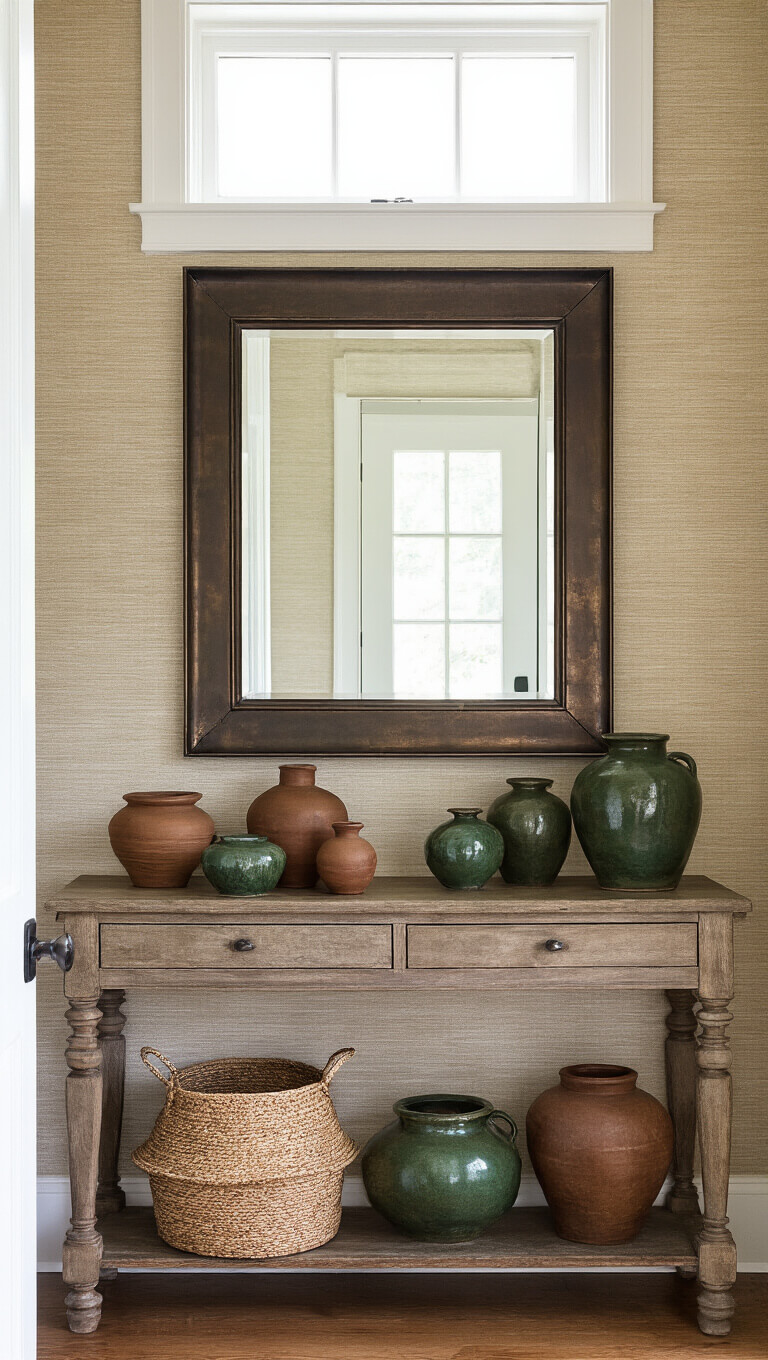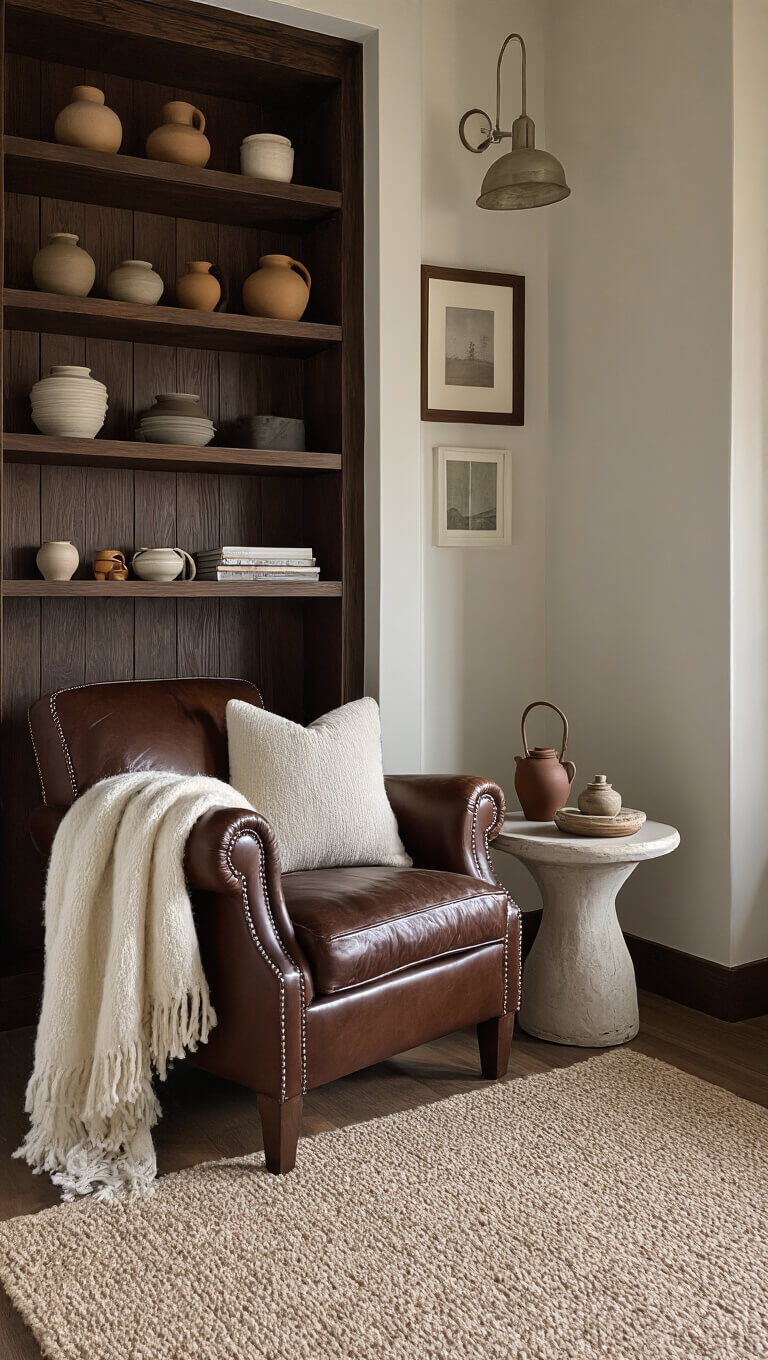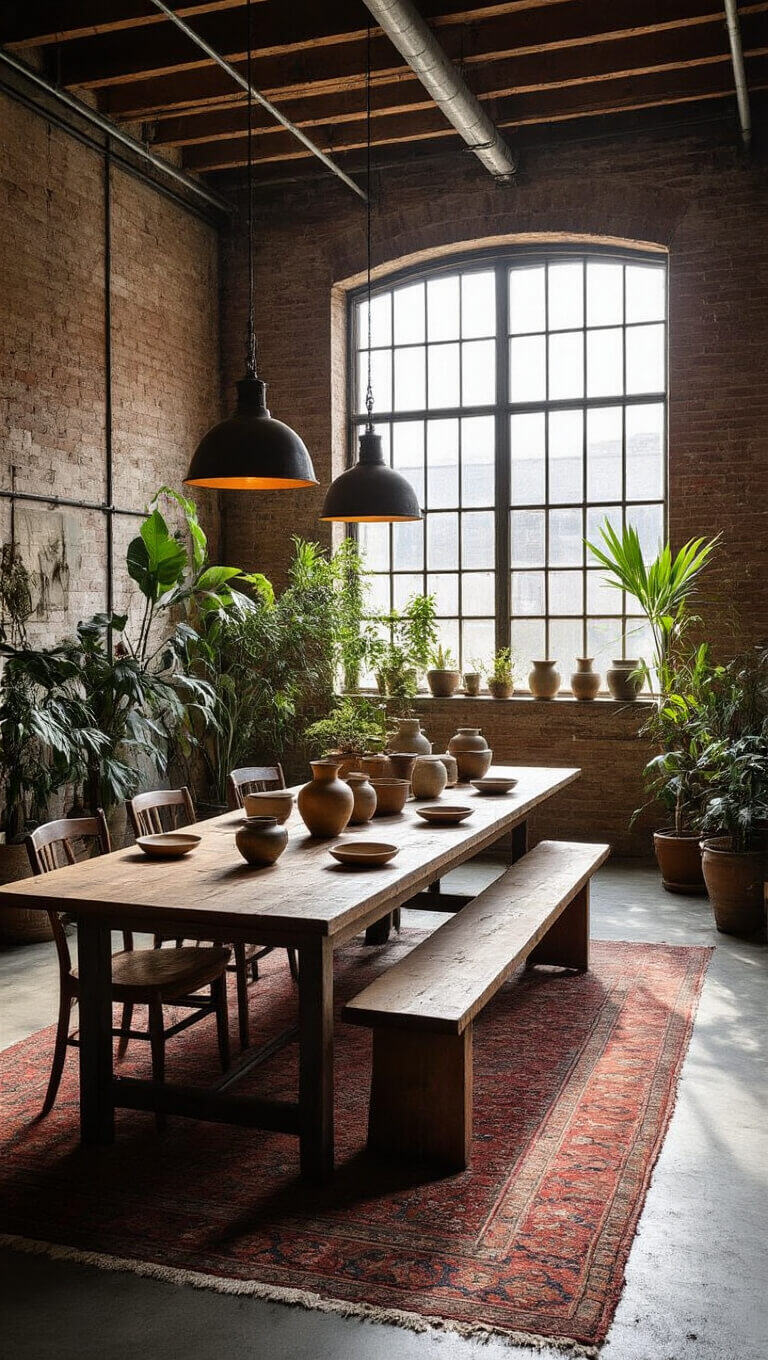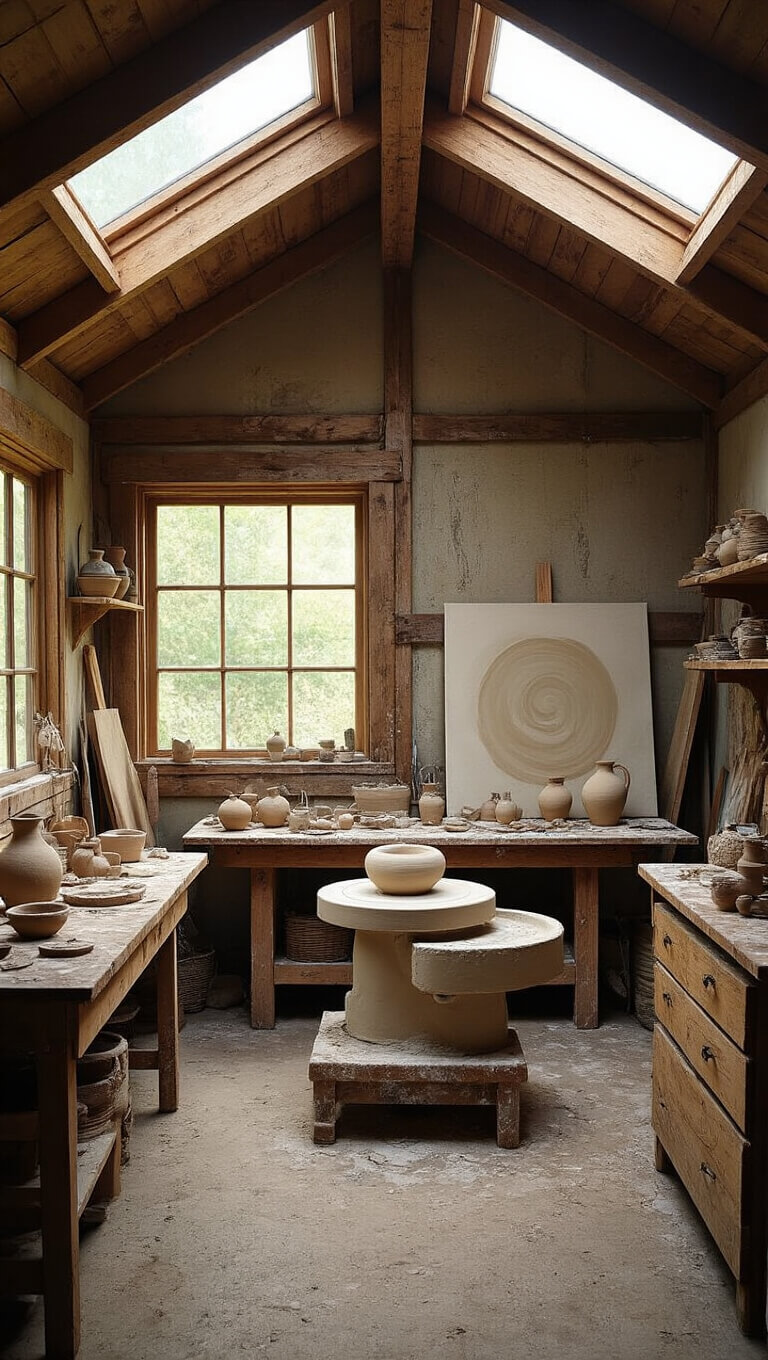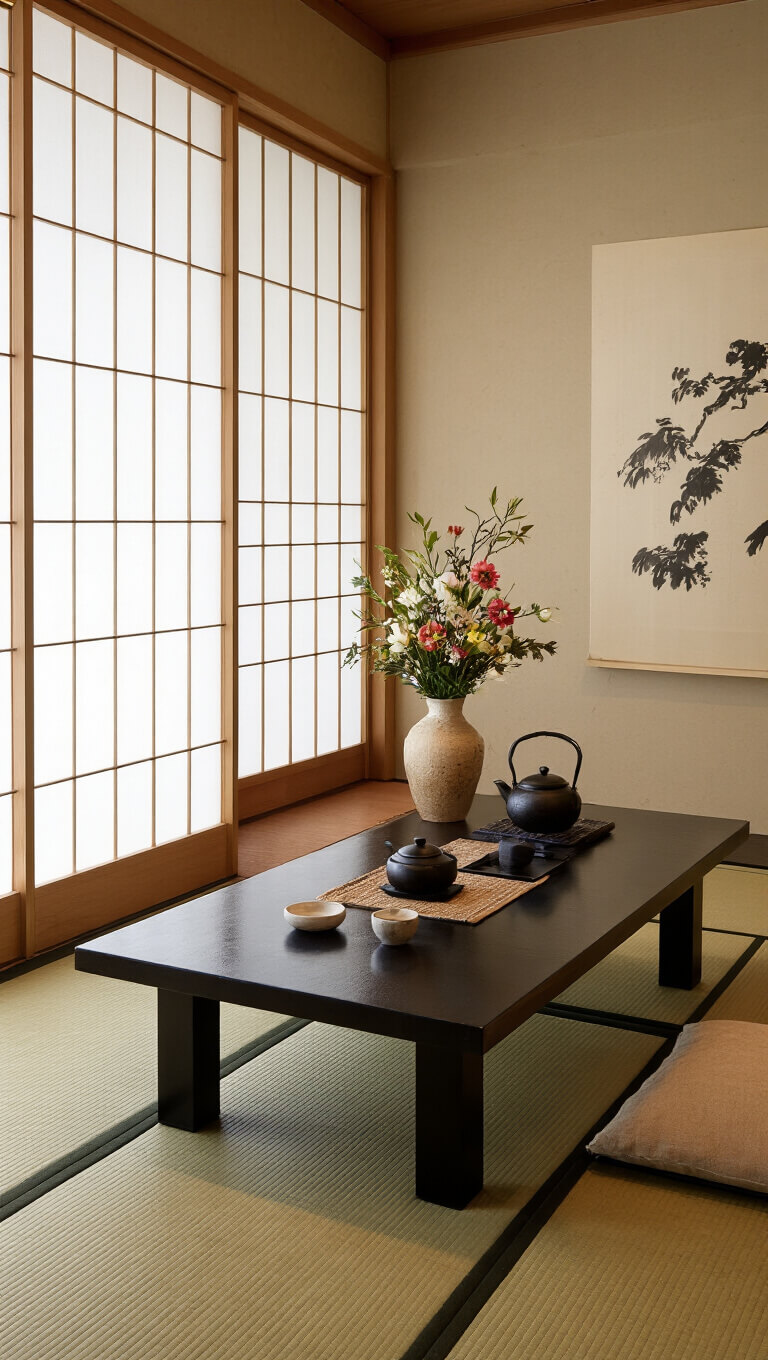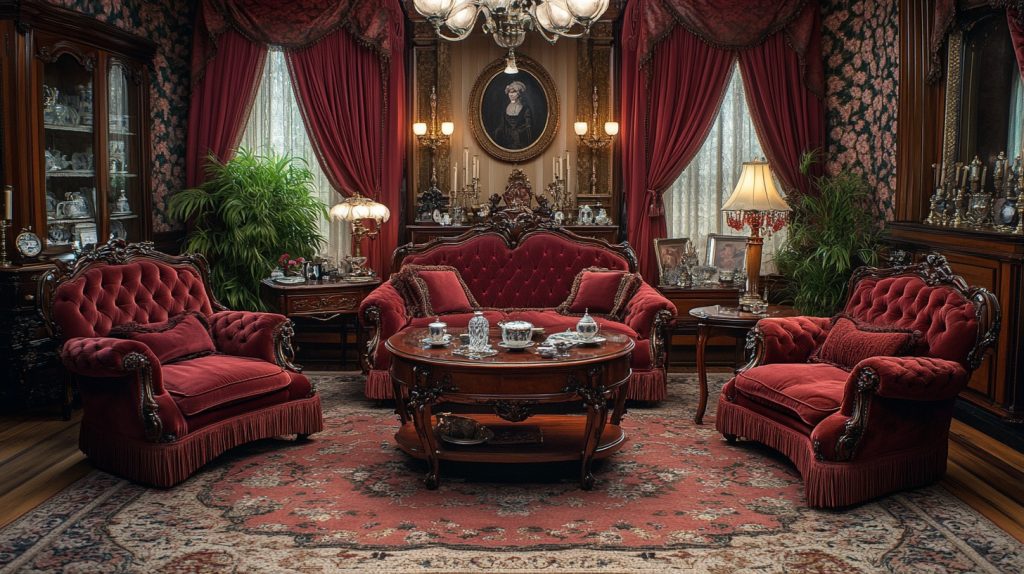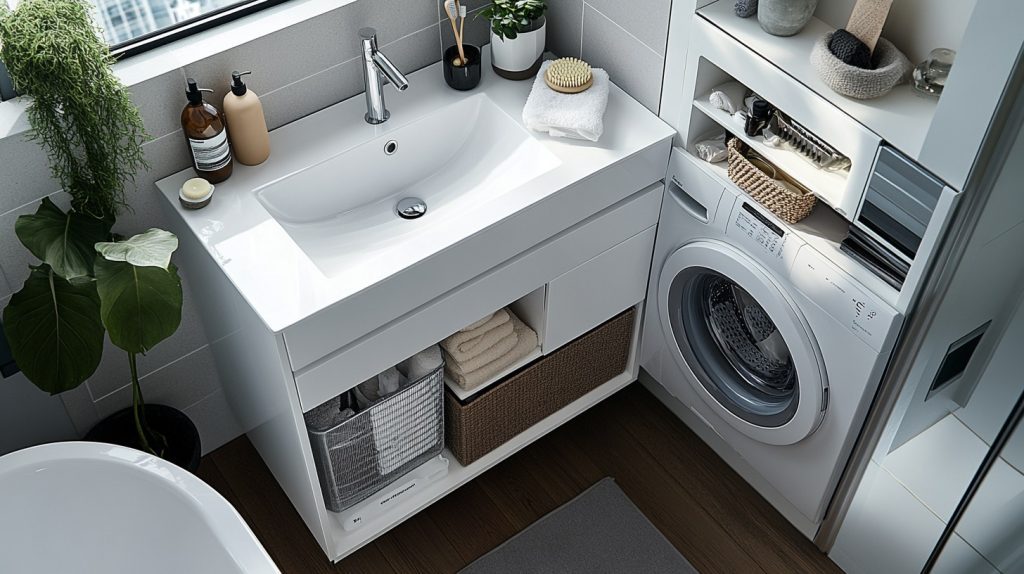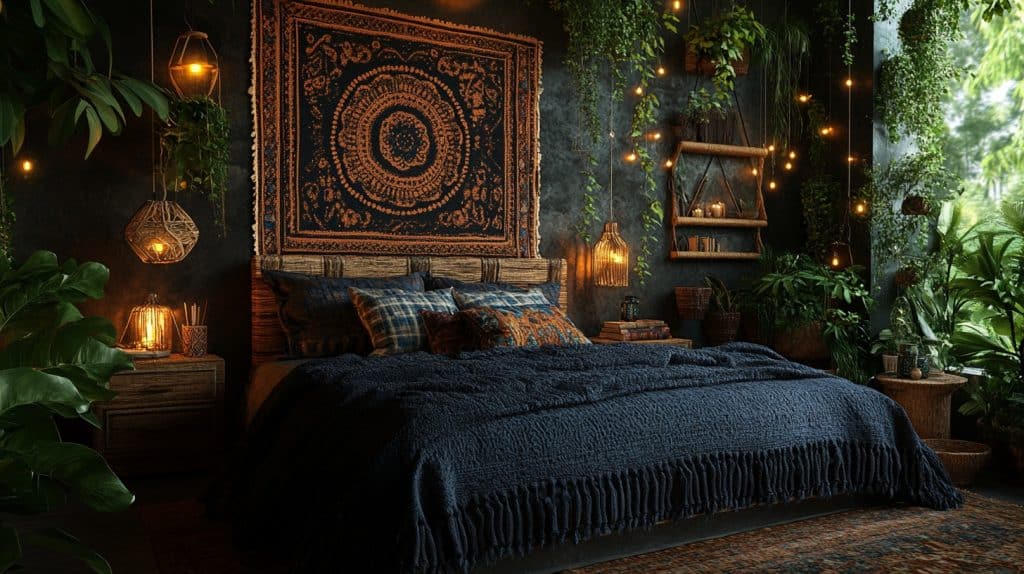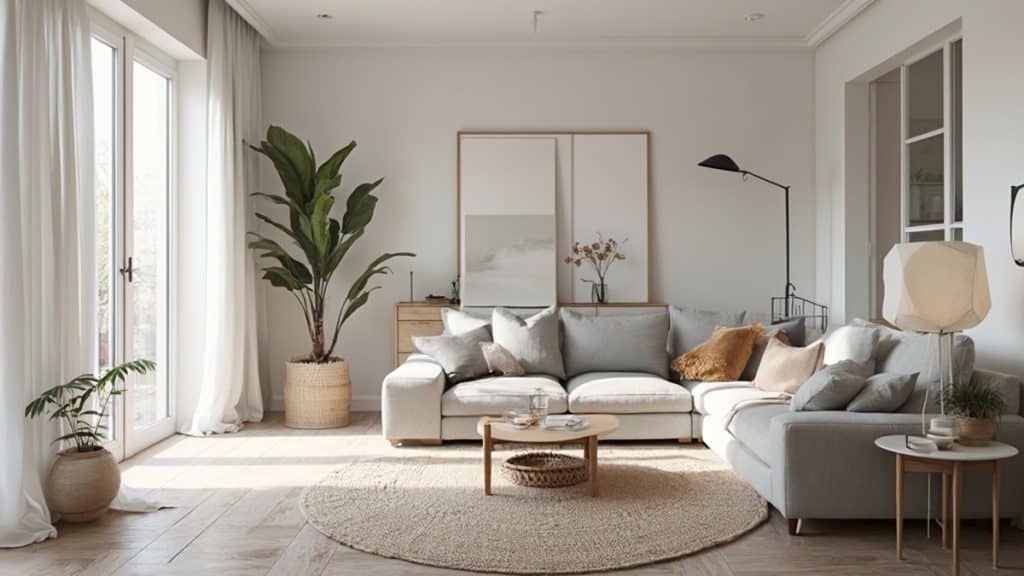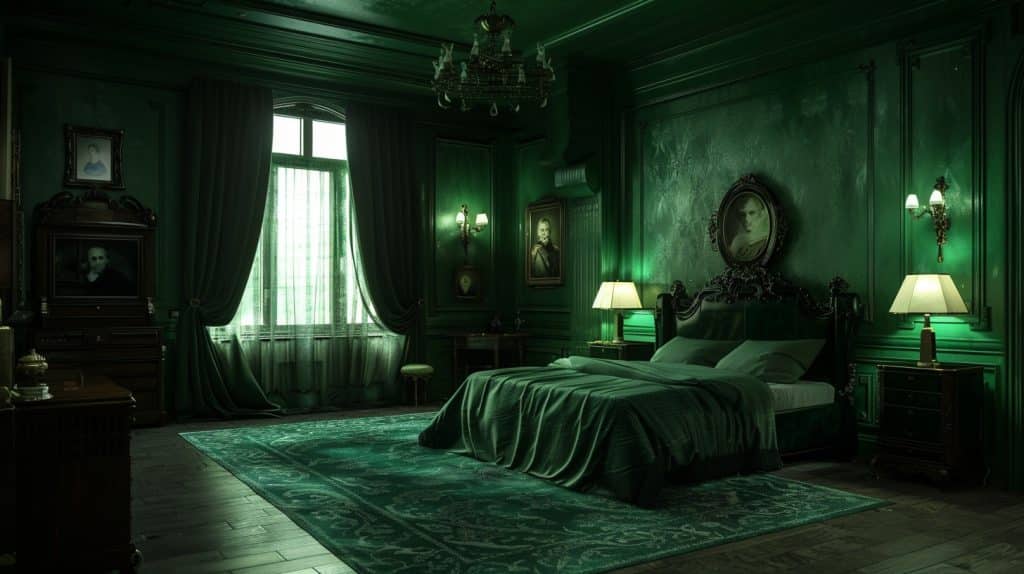Wabi Sabi Pottery: The Art of Imperfect Beauty in Home Decor
Listen up, design lovers. There’s something magical happening in the world of home decor, and it’s called wabi sabi – a Japanese design philosophy that celebrates the beauty of imperfection.
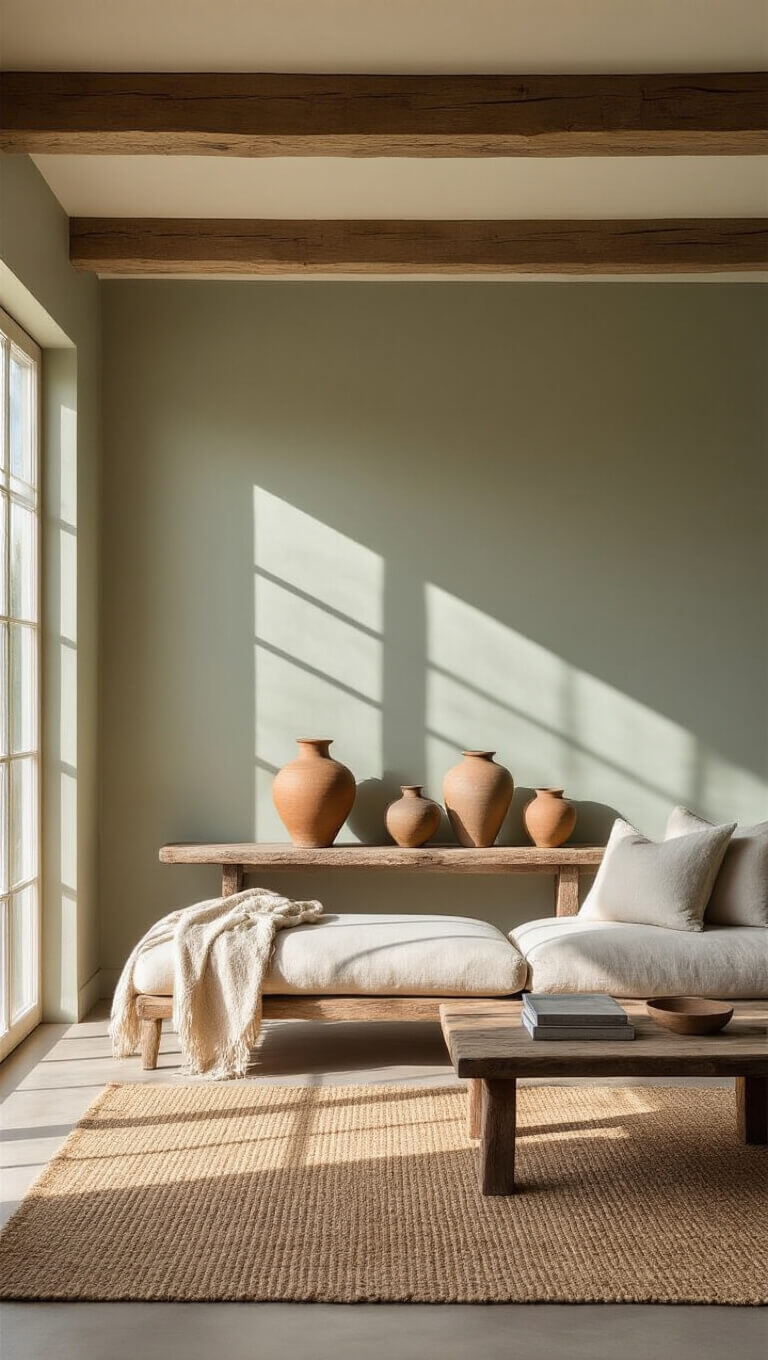
What Exactly is Wabi Sabi Pottery?
Wabi sabi isn’t just a style. It’s a mindset that transforms how we look at our living spaces. Imagine a ceramic bowl with a crack repaired with gold, telling a story of resilience and beauty. That’s wabi sabi in its purest form.
Key Characteristics:
- Embrace imperfection: Chips, cracks, and uneven surfaces aren’t flaws – they’re features
- Natural materials: Think handcrafted ceramics, earthy tones, organic textures
- Minimalist approach: Less is definitely more in this design philosophy
Why Wabi Sabi Matters in Modern Decor
Our perfect, Instagram-filtered world needs a breath of authenticity. Wabi sabi reminds us that beauty isn’t about flawlessness – it’s about character, history, and natural aging.
The Color Palette
Forget bright whites and stark lines. Wabi sabi lives in:
- Soft greys
- Warm beiges
- Deep browns
- Subtle greens
- Occasional gold accents from kintsugi repairs
Styling Wabi Sabi Pottery: Pro Tips
Composition Secrets
- Negative Space is Your Friend
- Don’t crowd your surfaces
- Let each piece breathe
- Create visual rest areas
- Texture is Everything
- Mix smooth ceramics with rough linens
- Contrast is key
- Think natural, unfinished surfaces
Photography Hacks
Want those Pinterest-worthy shots? Here’s the insider scoop:
- Shoot near north-facing windows
- Use soft, diffused light
- Experiment with 45-degree angles
- Embrace asymmetry
Budget-Friendly Wabi Sabi Styling
You don’t need a trust fund to create this look. My favorite tricks:
- Thrift store ceramic hunting
- Forage natural elements like branches
- Repurpose old textiles
- Learn basic kintsugi repair techniques
Common Mistakes to Avoid
Red Flags in Wabi Sabi Styling:
- Too much symmetry
- Overly polished surfaces
- Forcing perfection
- Ignoring natural wear and tear
The Emotional Core of Wabi Sabi
This isn’t just decor. It’s a philosophy of acceptance. Every crack, every uneven glaze tells a story of survival and beauty.
Pro Tip: Seasonal Adaptation
Wabi sabi isn’t static. It breathes with the seasons:
- Autumn: Add dried leaves
- Winter: Incorporate bare branches
- Spring: Introduce delicate flower buds
Final Thoughts
Wabi sabi isn’t about having the perfect home. It’s about creating a space that feels authentically, beautifully human.
Your ceramics don’t need to be flawless. They need to be real.


